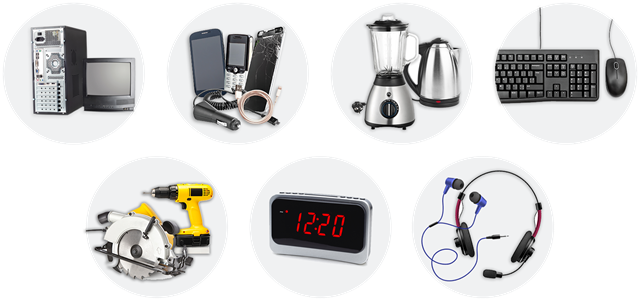The 8-Minute Rule for Recycling Lives Services
The 8-Minute Rule for Recycling Lives Services
Blog Article
Fascination About Recycling Lives Services
Table of ContentsThe 6-Second Trick For Recycling Lives ServicesThe 2-Minute Rule for Recycling Lives ServicesAn Unbiased View of Recycling Lives ServicesGetting The Recycling Lives Services To WorkRecycling Lives Services for Dummies

You can take all home electric products to Oxfordshire's waste recycling centres for reusing. If your item is in functioning condition, consider contributing it. If your electrical thing is damaged, you could look for a neighborhood repair work caf where volunteers can repair it. You might also take into consideration borrowing electric items that you do not utilize frequently. In addition, all Oxfordshire regional authorities accept vapes and e-cigarettes as a different kerbside collection. Non reusable vapes be put inside your wheelie containers. Exactly how they are gathered in each location varies a little; examine you have the appropriate information for your area. Make use of the Waste Wizardsearch tool to inspect how your regional authority collects this waste or discover various other drop-off places in your location.
Portable batteries the kind you locate in small handheld devices can likewise be reused at the kerbside yet not inside any of your bins. Larger shops that market batteries also have collection points for recycling old batteries.
Getting The Recycling Lives Services To Work
Older-style filament or halogen light bulbs can be disposed of in your general rubbish container at home. Some DIY stores additionally have collection points for light bulbs.

All About Recycling Lives Services
Electric items are broken down right into separate pasts so that the different materials they are comprised of can be removed and reused. Waste recycling centres are for use by householders only and can not approve waste from commercial sources. However, tiny services and investors have a task of care under this scheme, which means they additionally have to abide with the WEEE regulations.
E-waste, digital waste, e-scrap and end-of-life electronic devices are terms frequently utilized to explain made use of electronics that are nearing the end of their beneficial life, and are thrown out, given away or given to a recycler. The UN specifies e-waste as any disposed of items with a battery or plug, and includes poisonous and dangerous materials such as mercury, that can pose extreme threat to human and environmental health.
The Buzz on Recycling Lives Services
Only 17.4% of this digital waste, having a mixture of harmful substances and valuable materials, will be taped as being properly collected, dealt with and reused - https://dzone.com/users/5214295/rcyclng1vssvc.html. Lots of initiatives are embarked on to tackle this growing concern, yet none can be fully effective without the active role and appropriate education and learning of consumers

Mining disposed of electronics generates 80% much less exhausts of carbon dioxide per system of gold compared with mining it from the ground. In 2015, the removal of resources made up 7% of the world's energy This Site usage. This suggests that moving towards the usage of more secondary basic materials in digital products could assist significantly within the targets laid out in the Paris Agreement on climate modification.
9 Easy Facts About Recycling Lives Services Explained
Every tool ever before created has a carbon impact and is contributing to human-made global warming. Make a tonne of laptops and potentially 10 tonnes of carbon dioxide are emitted. When the carbon dioxide released over a device's life time is taken into consideration, it mainly happens during manufacturing, before customers purchase a product. This makes lower carbon procedures and inputs at the manufacturing phase (such as use recycled raw materials) and item life time essential determinants of total environmental influence.
Also in the EU, which leads the world in e-waste recycling, just 35% of e-waste is officially reported as effectively collected and recycled. The lack of reusing weighs heavily on the worldwide digital sector and as devices end up being a lot more countless, smaller sized and more complicated, the concern rises.
The remaining mass of e-waste mainly plastics laced with metals and chemicals positions a more intractable issue. A new vision for the production and usage of electronic and electrical products is required. It is simple for e-waste to be framed as a post-consumer problem, yet the concern includes the lifecycle of the tools every person uses.
Report this page